Previously, we touched base on a gout medication called colchicine. Today, we bring you another topic on allopurinol, which is also a common treatment in gout.
If you want to learn more about gout, click here.
What’s allopurinol for?
Gout is a medical condition in which your blood has too much uric acid, and those uric acid can deposit as urate crystals in your joint (often it’s a big toe).
Nope, not the lovely kind of crystals. These urate crystals can be extremely painful, and many people’s lives are affected because of gout.
Allopurinol can lower the uric acid level in your blood. Doctors typically prescribed allopurinol 50 to 300 mg once daily to gout patients, but the dose can go up to 900 mg once daily.
If you have gout and are taking allopurinol, it’s important that you take it daily, which unlike colchicine—you only take when there's a gout attack. Allopurinol treatment helps to reduce your future gout attack and reduce the amount of colchicine and painkillers you need to take.
Newbie for allopurinol? Take notes of these!
Allopurinol is a generally safe medication, but there are three important things that you must know if a doctor prescribes allopurinol to you.
You may have more gout attack at first
“I thought allopurinol is supposed to stop gout attack?!”
While this may not happen to every patient, some patients may experience more gout attacks when they just started on allopurinol. This is due to rapid decrease in uric acid level by allopurinol, but it can be managed by taking colchicine or painkillers during this period. The gout attack will go away as time goes by.
Check for signs of liver injury
BruceBlaus, CC BY-SA 4.0 , via Wikimedia Commons
In very rare cases, allopurinol may lead to liver inflammation. In moderate cases, the patients may not experience any significant symptoms, but the blood test result may show abnormally high levels of liver enzymes and bilirubin. These are how doctors know your liver may be injured.
Nonetheless, if you develop abdominal pain while taking allopurinol, stop taking allopurinol and consult a doctor immediately.
Rare but fatal adverse effect: Steven-Johnson Syndrome(SJS)/ Toxic epidermal necrolysis (TEN)
If you have hypersensitivity (‘allergic’) reaction to allopurinol, you may develop skin rashes. In very rare cases, such hypersensitivity can become a full-blown skin reaction that can be life-threatening.
Image credit: Allopurinol-Induced Stevens-Johnson Syndrome
This is known as the Stevens-Johnson syndrome (SJS). If the reactions involve a large body area, it becomes toxic epidermal necrolysis (TEN). People with HLA-B* allele (a gene) and those with kidney impairment are at higher risks for such a serious hypersensitivity reaction.
If you develop mild skin rashes after taking allopurinol, stop taking it and visit a doctor. However if the skin reactions become severe (as if your skin is burned) and/or having difficulty in breathing, stop taking allopurinol and have someone send you to the hospital immediately.
A word from DOC2US
If you have any questions related to allopurinol, you can consult our professional doctors and healthcare professionals on DOC2US. DOC2US is a mobile application that allows you to talk to a doctor or any healthcare professionals via text chat at any time and from anywhere. For better communication, you can even send our online doctor images or voice messages related to your medical inquiry.
Download DOC2US app on Apple App Store, Google Play Store and Huawei App Gallery; or use our web chat at https://web.doc2us.com/
Note: DOC2US is not for medical emergencies. In the event of urgent medical conditions, please call 999.
Disclaimer: As a service to our users and general public, DOC2US provides health education contents. Please note the date of last review or update on all articles. No content on this site, regardless of date, should ever be used as a substitute for direct medical advice from your doctor or other qualified clinician.
Specific references have been linked in its relevant part of the article.
Cover image credit: www.scientificanimations.com/, CC BY-SA 4.0 , via Wikimedia Commons








